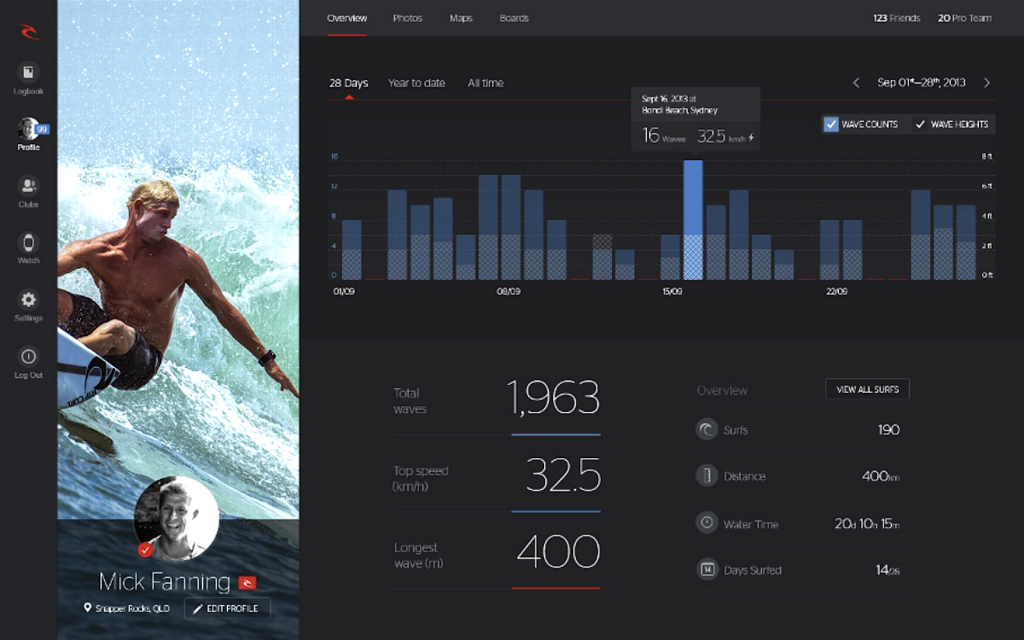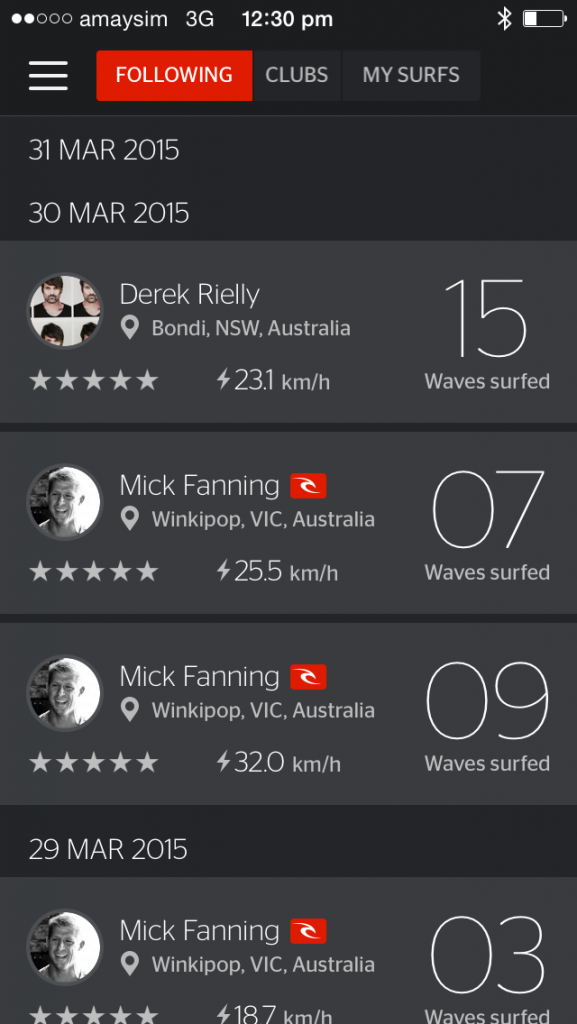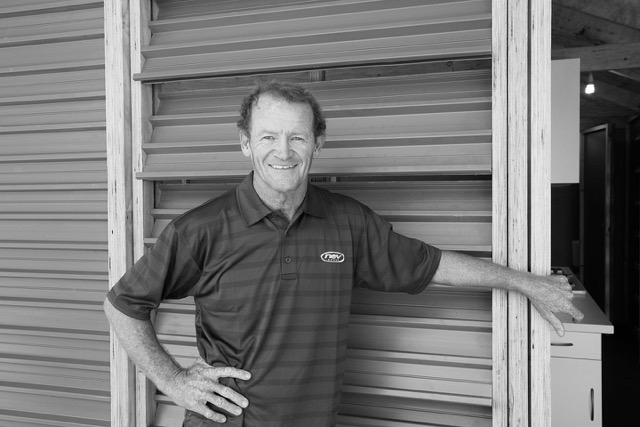Rip Curl will change your life with bulky plastic trinket!
I was in a cafe eating bagels when my companion reached for a slice of seared tuna from the unfinished plate of the just-departed diners next to us. As his arm reached across me, the shirt-sleeved pushed back enough to reveal a bulky plastic watch, the sort you might’ve seen on children in the eighties. It was a squared-off, all-black device that protruded from his wrist like a pyramid with the point sawn off.
“Rolex?” I said, irony heavy.
“Rip Curl,” he said, forking the tuna into his mouth.
By Rip Curl he meant the Rip Curl GPS watch, fashioned from the same technology that Billabong had knocked back during its terrible time with buy-outs and revolving CEOs.
I’d seen ’em online and knew Rip Curl had squeezed some of the most fabulous surf-centric software into its little anodes and transistors and valves. What use was irony to me now? What use was allegiance to everything hip when what I wanted, as a surfer, was here before me in this plastic shell?
I begged, “Get me one.”
My pal has contacts. Three days later, a box was dropped onto my doorstep containing my own GPS watch. The watch comes in a small white container with simple instructions and a charger that bites the undercarriage of the watch like an inquisitive shark.

I’ve had it for one week, or four surfs. I’ve ridden a total of 54 waves, paddled 14.5km, reached a top speed of just over 30 clicks and danced upon a wave that traversed over 140 metres of Pacific ocean.
I follow the surfers Mick Fanning, Owen Wright and Matt Wilkinson on the Rip Curl Watch app and find my numbers compare favourably, although mine are at Bondi; theirs are at Pipeline and Bells.
Mostly, I’m a lazy surfer, or at least I was. Pre-watch, I’d paddle out the back, sing a few tunes, engage pals in conversation, wait for sets, get one out of every three if I was lucky, most surfs coming in at six waves or thereabouts. In and out within thirty minutes.
Now I’ve got a wave-count meter staring at me. How long can you look at the number one on your wrist? Or two? Fifteen is now my lowest acceptable number. Paddle distance enthrals me (fitness!) so I traverse the beach looking for banks, looking to up my wave count, of course, but also to get the kilometres ticking over.
The money figure is top speed. Who knew 30 clicks could be so fast? Who knew how often we stagnate at around 23 or 24 k’s or, if the surf is weak, between 12 and 16. If you really wanna go fast, you have to try harder, and harder than you think. Already, I’ve learned that one pump into a critical-enough turn will up the speedo. It’s addictive and I’ve developed a no-prisoner approach, even in crowds.
Are you really going to paddle over that shoulder and force me to lose precious momentum just to avoid you when my vanity is at stake? A stutter along the wave could mean the difference between something in the high-twenties and the thirties. What a thrill it is to skim your fingers and see your bewildered eyes!
Downsides? Yeah, there’s a few. Run fast and hard enough into the water and it’ll count it as a wave (but you can lose it with the software’s trimming device). Apparently if you pump your arm fast enough back and forth it’ll add a little too. If you thought surfing was a way of getting away from staring at your phone, well, don’t tell me you won’t be staring at his.
And, with precious data at stake, every surf becomes a heated battle with yourself.
I like it. I love it. I live for it.
When I forgot to charge it and arrived at the beach to surf yesterday, I didn’t paddle out.
What if I succeeded in creating a new benchmark in my stats? What use would it be?











